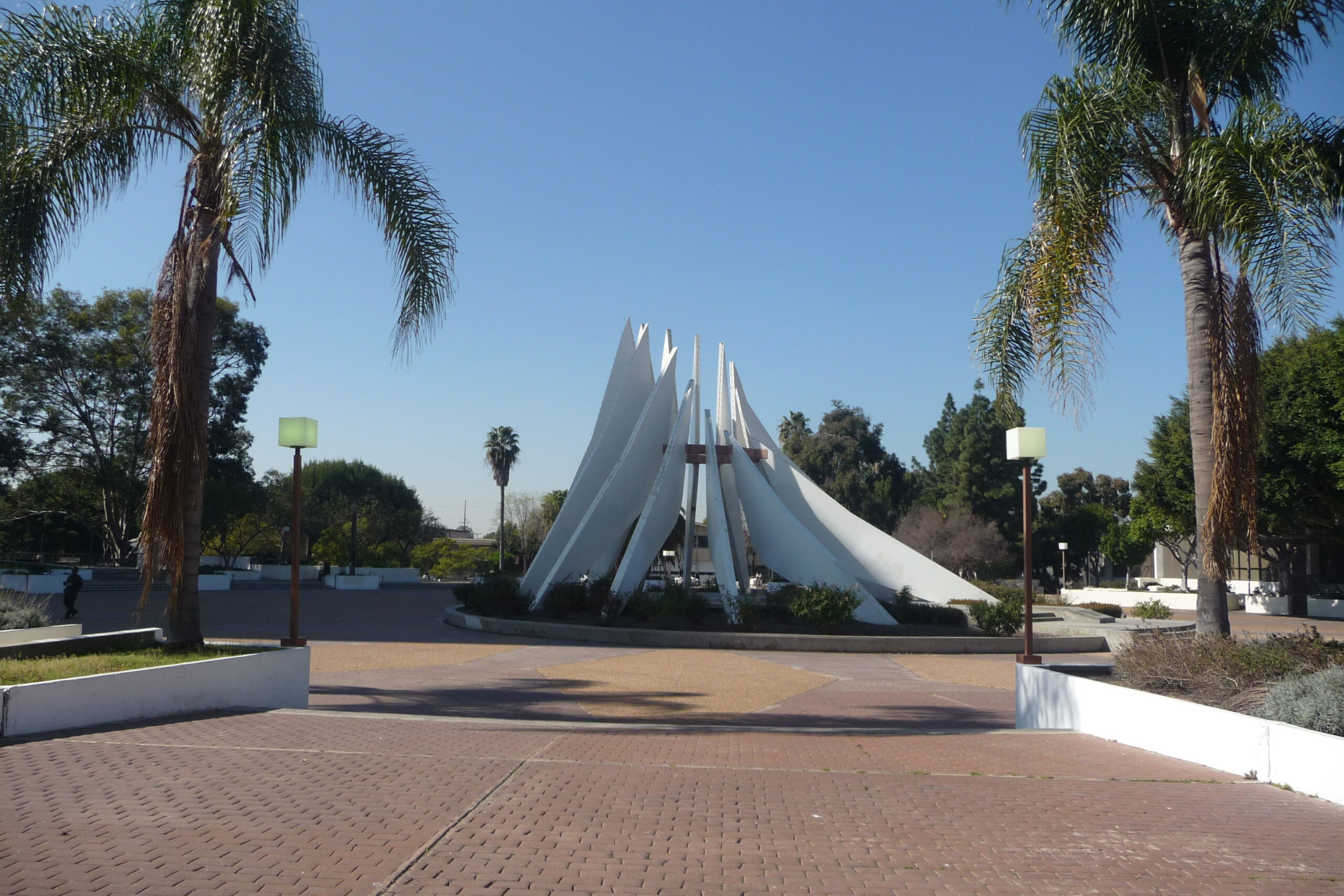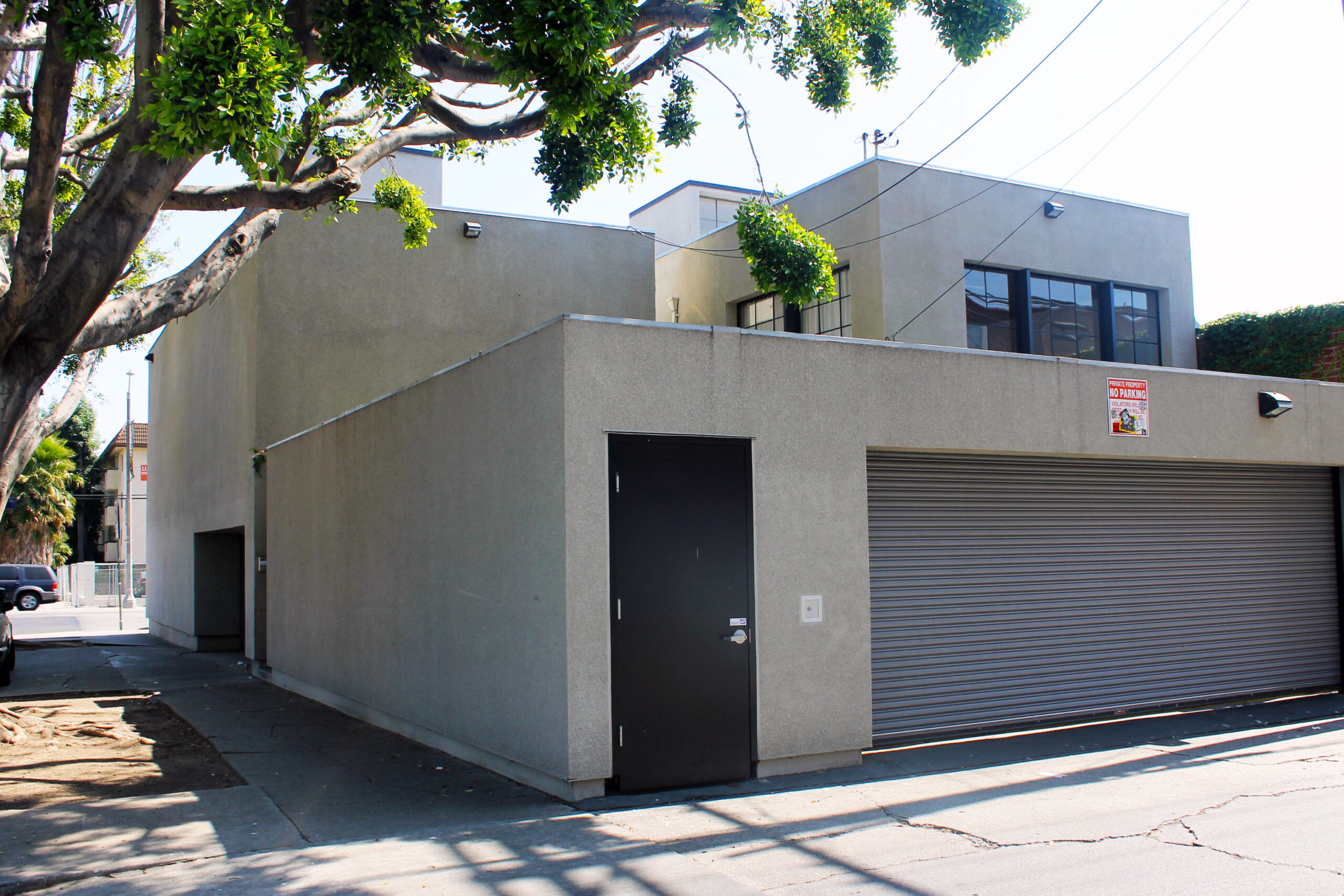
Place
Pavilion for Japanese Art, LACMA
Divided into two volumes, the Pavillion features a sweeping, prow-like roof some have compared to a Shinto temple, an ancient samurai helmet, or even a building in Disney's Tomorrowland.


Place Details
Address
Get directions
Architects
Year
Style
Community
Hovering gently above a lush landscape between the La Brea Tar Pits and the more formal buildings of the LACMA campus, the Pavilion for Japanese Art brings a futuristic softness to the clean Mid-Century Modern lines of the complex. Expressionist architect Bruce Goff came up with the original organic design but died before he could see it completed; his former associate Bart Prince translated the design into working drawings and oversaw construction, which concluded in 1988.
The Pavilion is divided into two volumes, each with a sweeping prow-like roof some have compared to a Shinto temple, an ancient samurai helmet, or even a building in Disney's Tomorrowland. The buildings have irregular, curving plans that resemble lotus or gingko leaves from above and are grounded with bases of gray-green stucco and stone. Atop each roof is an unusual structure of supporting cables and tusk-like objects that seem to allude to the mastodon fossils found in the tar pits next door. The cables are actually connected to six massive columns that rise through the interior and hold the roof up; this is another nod to traditional Japanese architecture, in which exterior walls are non-load bearing.
Tall cylindrical towers of rough-cut quartzite stand watch between the two volumes, and sweeping ramps and stairways provide access to the Pavilion from multiple points.
Large translucent fiberglass panels serve as fenestration, evoking traditional rice paper shoji screens and allowing the artwork within to be lit with soft natural sunlight instead of artificial illumination. The Pavilion's overall effect is one of gentle, eccentric welcome. As The New York Times said upon the 1988 unveiling of the Pavilion for Japanese Art, Goff's fearless design feels "endearing, almost sweet."


